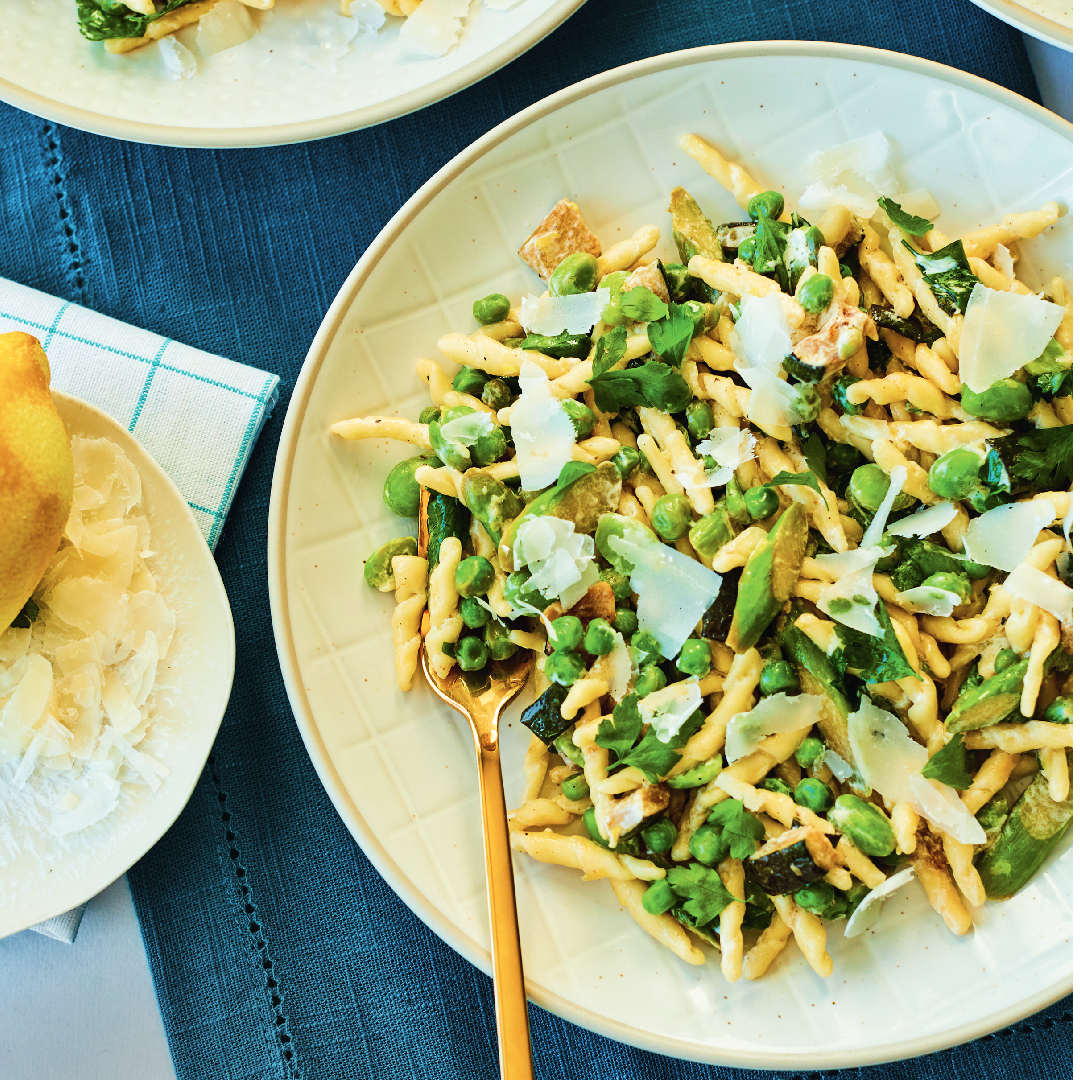
Bring the flavours of the Mediterranean into your home with this classic dish, pasta primavera. Although it uses classic Italian ingredients, the delicious dish was actually invented in America. We've included delicious seasonal spring ingredients to make it taste extra fresh and look beautifully colorful—and to help you hit your five-a-day. So say goodbye to boring bowls of reheated couscous, and hello to vibrant plates of zesty pasta.
Method
- Bring a large pan of salted water to the boil. Meanwhile, dice the courgette into 1cm cubes, slice the asparagus into thick discs, and peel and chop the garlic. If you’re using frozen broad beans, remove the thin layer of shell around the beans.
- Once the water is boiling, add the pasta and cook according to packet instructions.
- While the pasta is cooking, heat a large frying pan on a medium heat and add the olive oil, add the diced courgette and begin to colour, add the asparagus just after and then add the garlic, taking care not to burn the garlic. Turn down the heat and add the peas and broad beans, mascarpone, the zest of a whole lemon and the juice of half.
- Once the pasta is cooked, using a ladle add some of the pasta water to the vegetables and then drain the pasta. Tip the pasta into the vegetables and toss all together, check the seasoning, tear or chop the herbs and add to the pasta. Finish with plenty of pecorino.
Ingredients
- 1 courgette
- 4 asparagus spears
- 2 garlic cloves
- 350g dried pasta, Trofie, penne or similar
- 1tbsp olive oil
- 150g shelled peas
- 150g shelled broad beans
- 125g mascarpone
- 1 lemon
- Handful flat leaf parsley or mint
- 50g pecorino
Can I make pasta primavera in advance?
If you plan on serving warm, it's best to plate pasta primavera up as soon as possible. However, if you want to have it cold the next day for lunch, it'll still be just as delicious. Just leave the leftovers to cool to room temperature and then place in the fridge. Let it warm up a little before eating so it's not super cold—you won't get the full breadth of flavors if it is.
What is primavera sauce made of?
Primavera sauce is often a very light, vegetable-laden dish, which is why it's most popular to eat during the spring or summer months.
Often, primavera sauce is typified by its lemon, herby flavor too, making it a flavorsome and filling, but refreshing dish that works well as a light supper, lunch or dinner.
Typically, it is a light, more creamy white sauce, but it's not unheard of to make primavera sauce with tomatoes—although it is more unusual.
Samuel has a BSc in Food from the University of Birmingham and nearly 16 years after he began his professional food career, his work has featured in national and international publications including Waitrose Food, Australian Delicious, and the LAD Bible Group.
He was also a nutritional consultant for BBC’s Eat Well for Less. Throughout his career he has specialised in recipe writing and has produced many recipes for woman&home. Samuel is also Co-Vice Chair of the Guild of Food Writers and a Trustee of 91 Ways CIC.
-
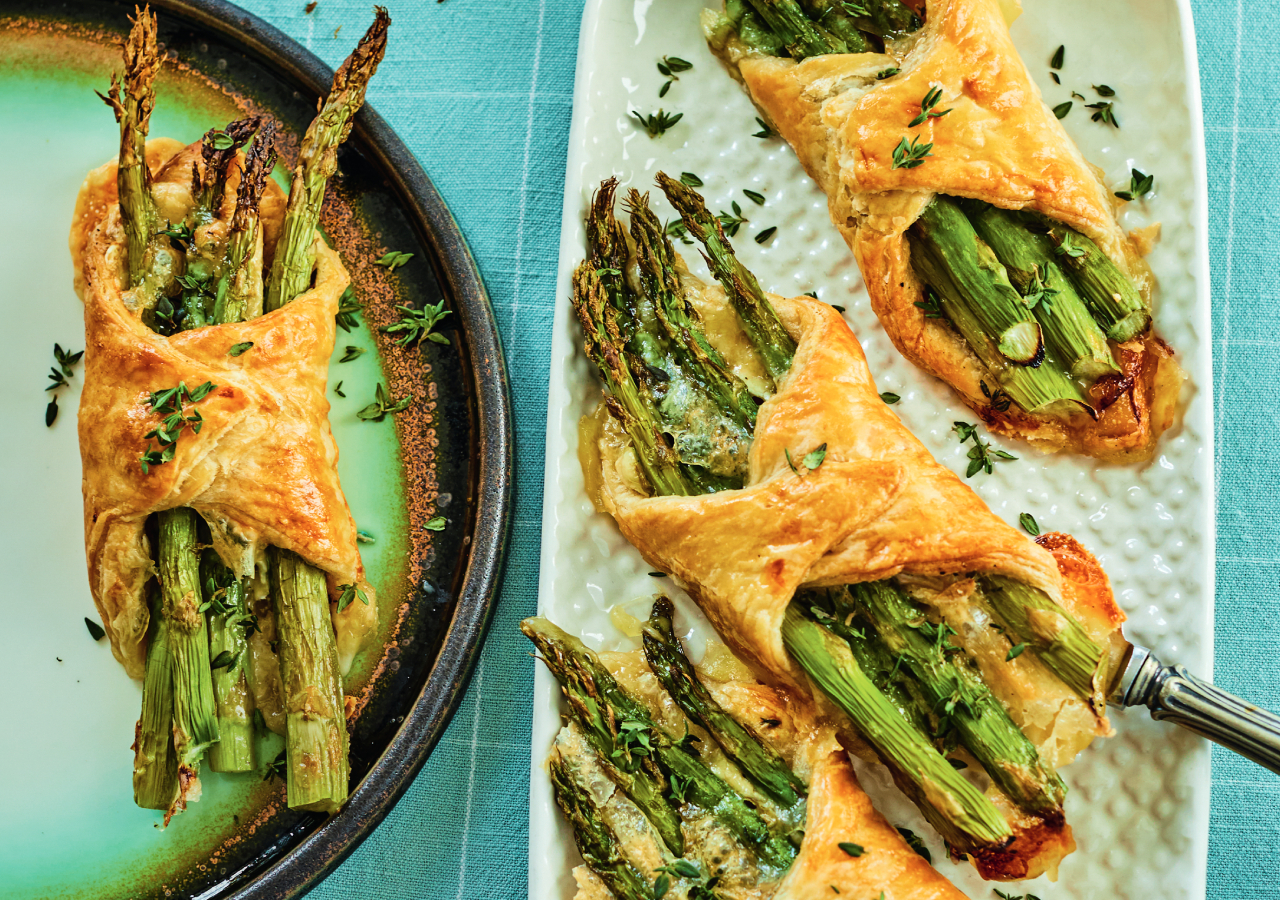 Asparagus and brie tarts
Asparagus and brie tartsAsparagus takes centre stage in these asparagus and brie tart pastry bites that are perfect for lunch or tea.
By Samuel Goldsmith Published
-
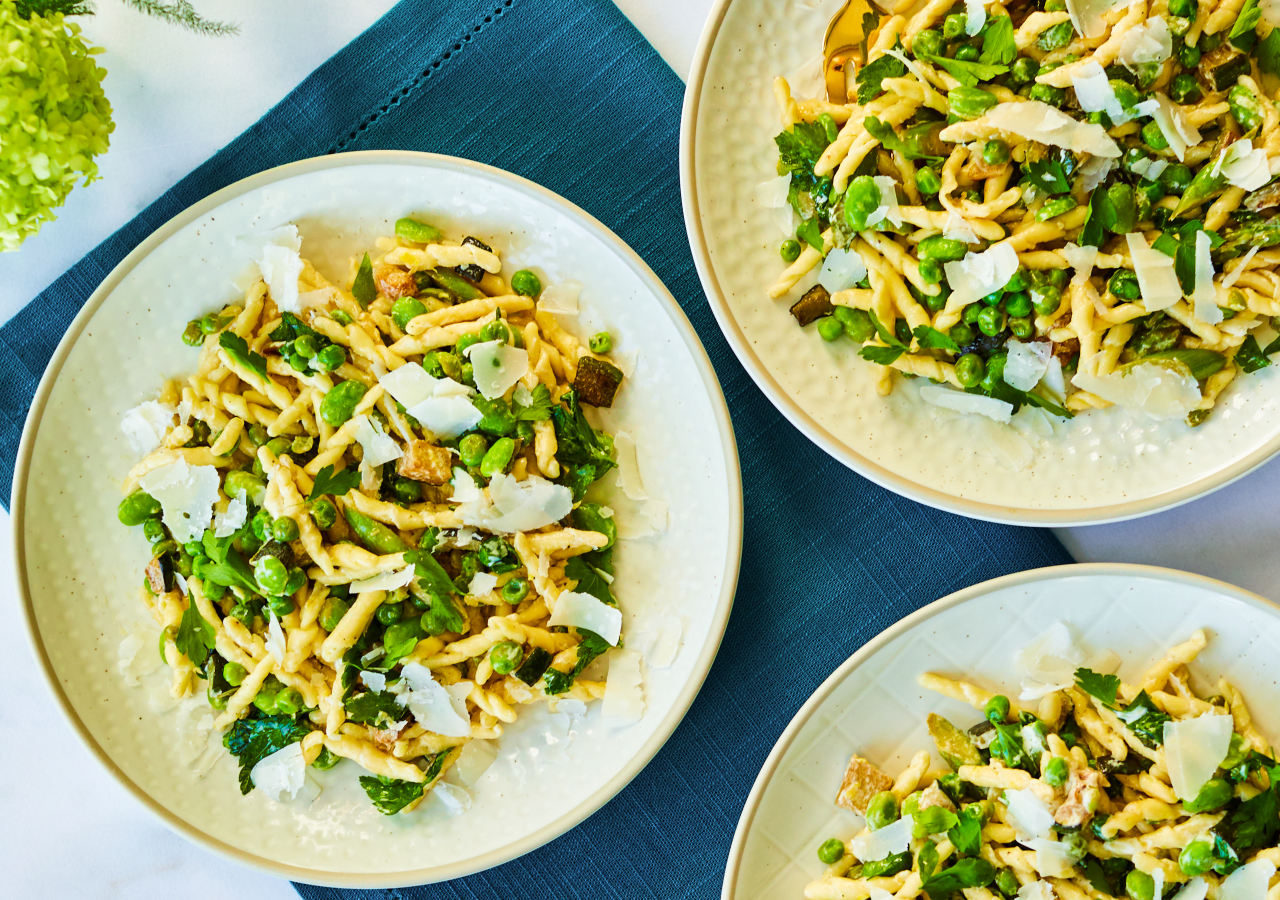 Pasta primavera
Pasta primaveraPasta primavera is the ultimate spring pasta dish!
By Samuel Goldsmith Published
-
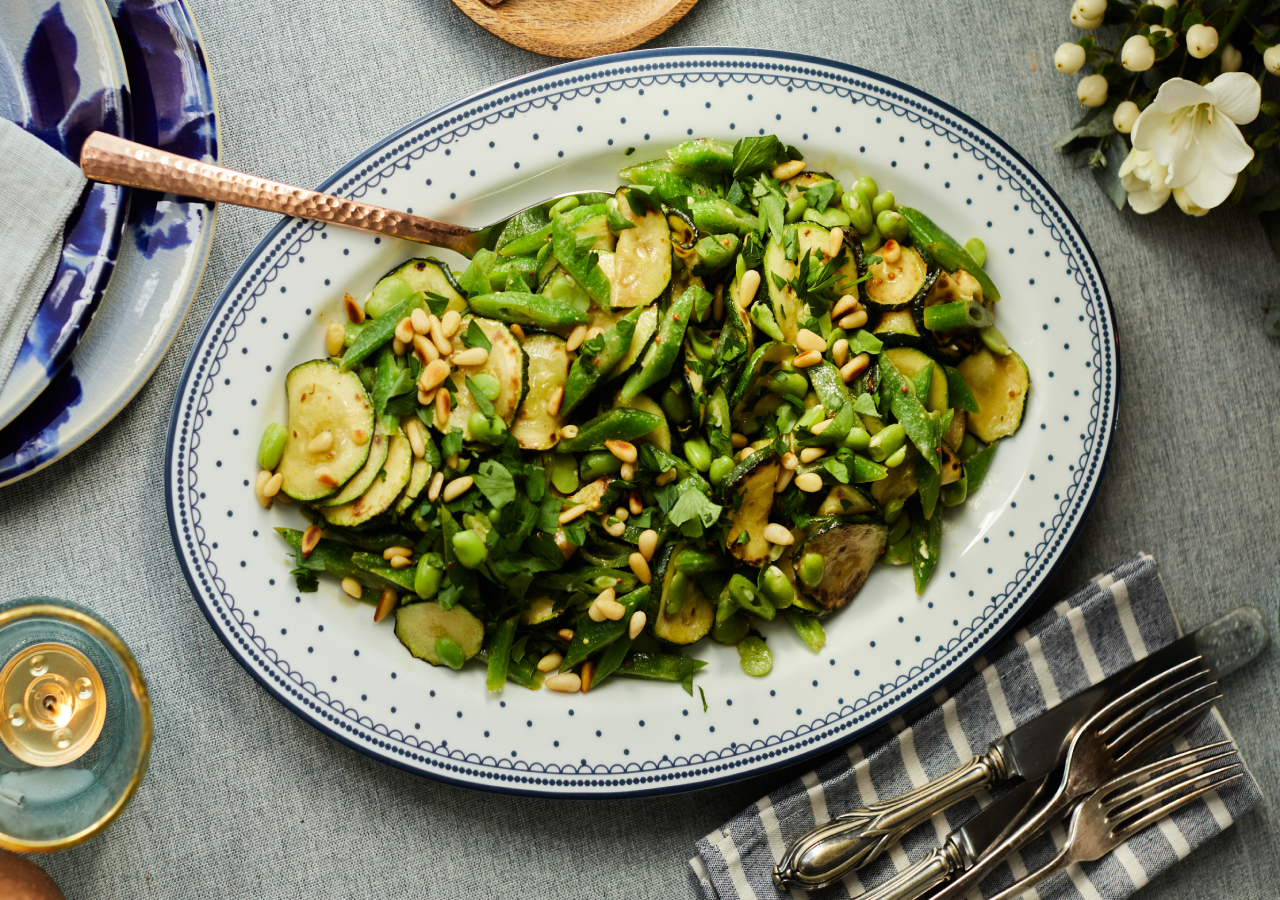 Bean Salad with Courgette
Bean Salad with CourgetteOne of the best things about summer is the abundance of vegetables. This bean salad with courgette uses up the best the season has to offer and has a mild kick, depending on how much mustard you use.
By Samuel Goldsmith Published
-
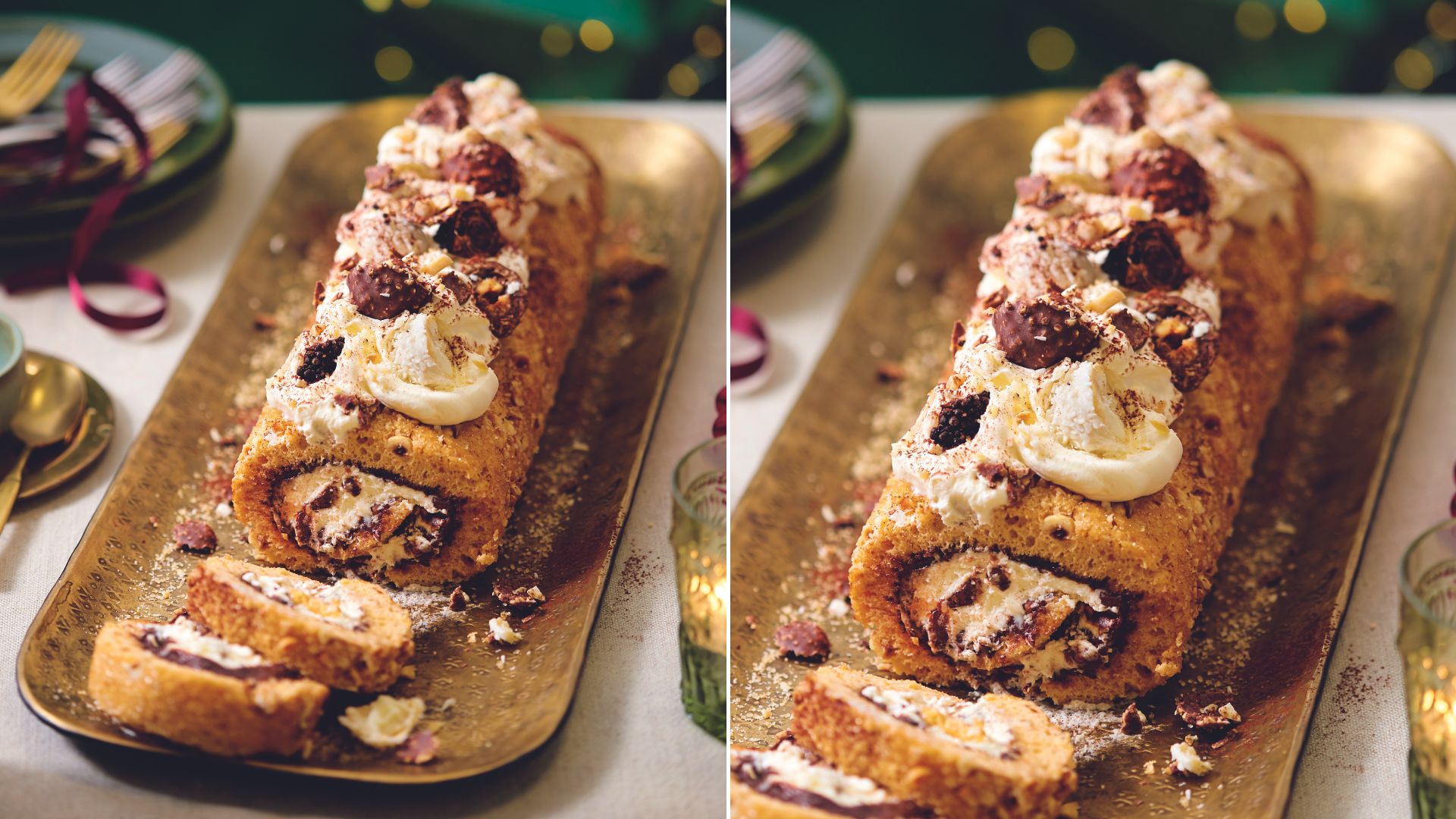 Chocolate and hazelnut roulade
Chocolate and hazelnut rouladeThis chocolate and hazelnut roulade comes with an optional Baileys Irish cream liqueur filling for an extra, festive twist
By Jen Bedloe Published
-
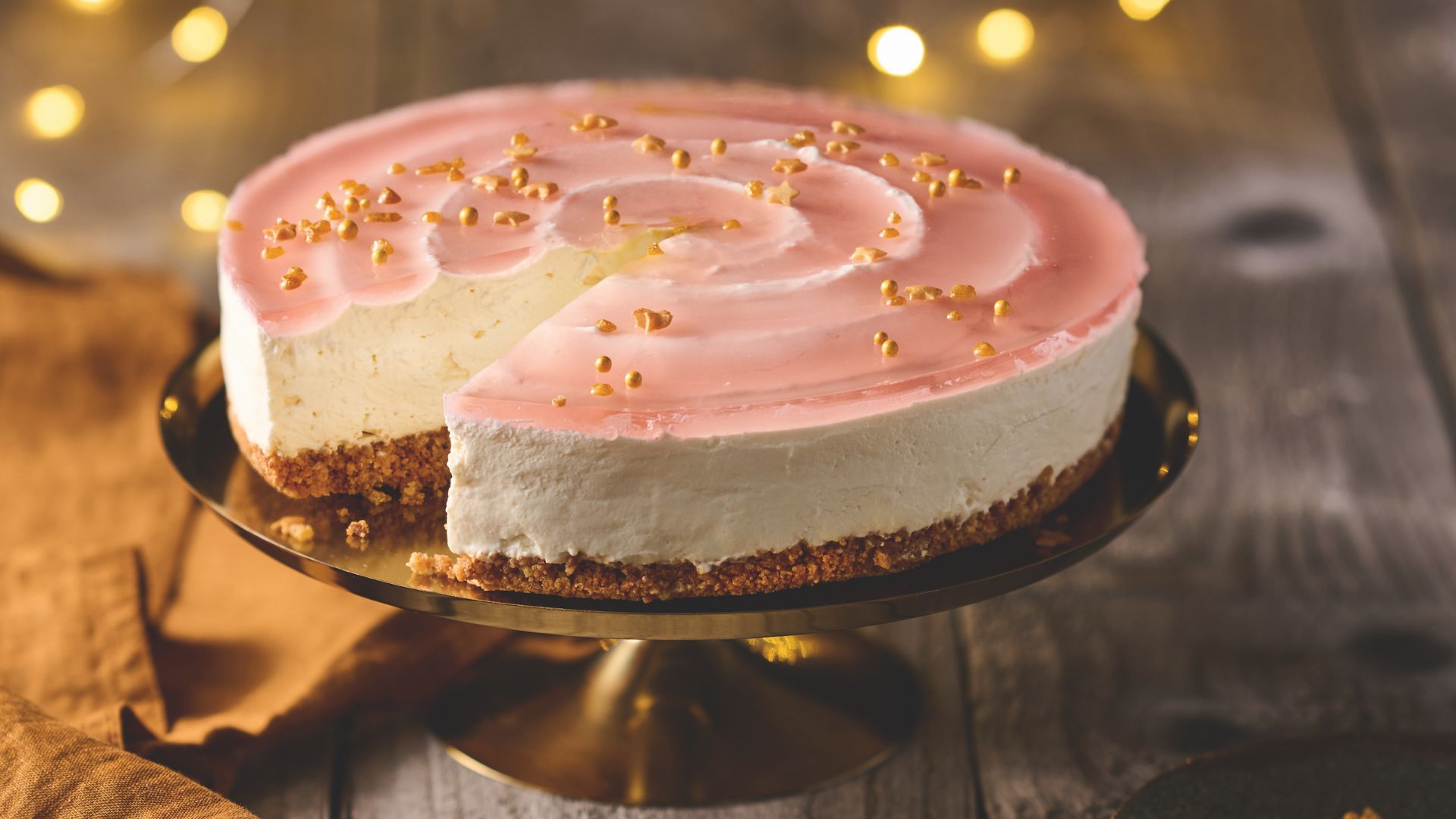 Baileys Cheesecake
Baileys CheesecakeThis no-bake Baileys cheesecake is so easy to make and perfect for cream liqueur lovers, plus it takes just 40 minutes to prepare
By Jess Meyer Published
-
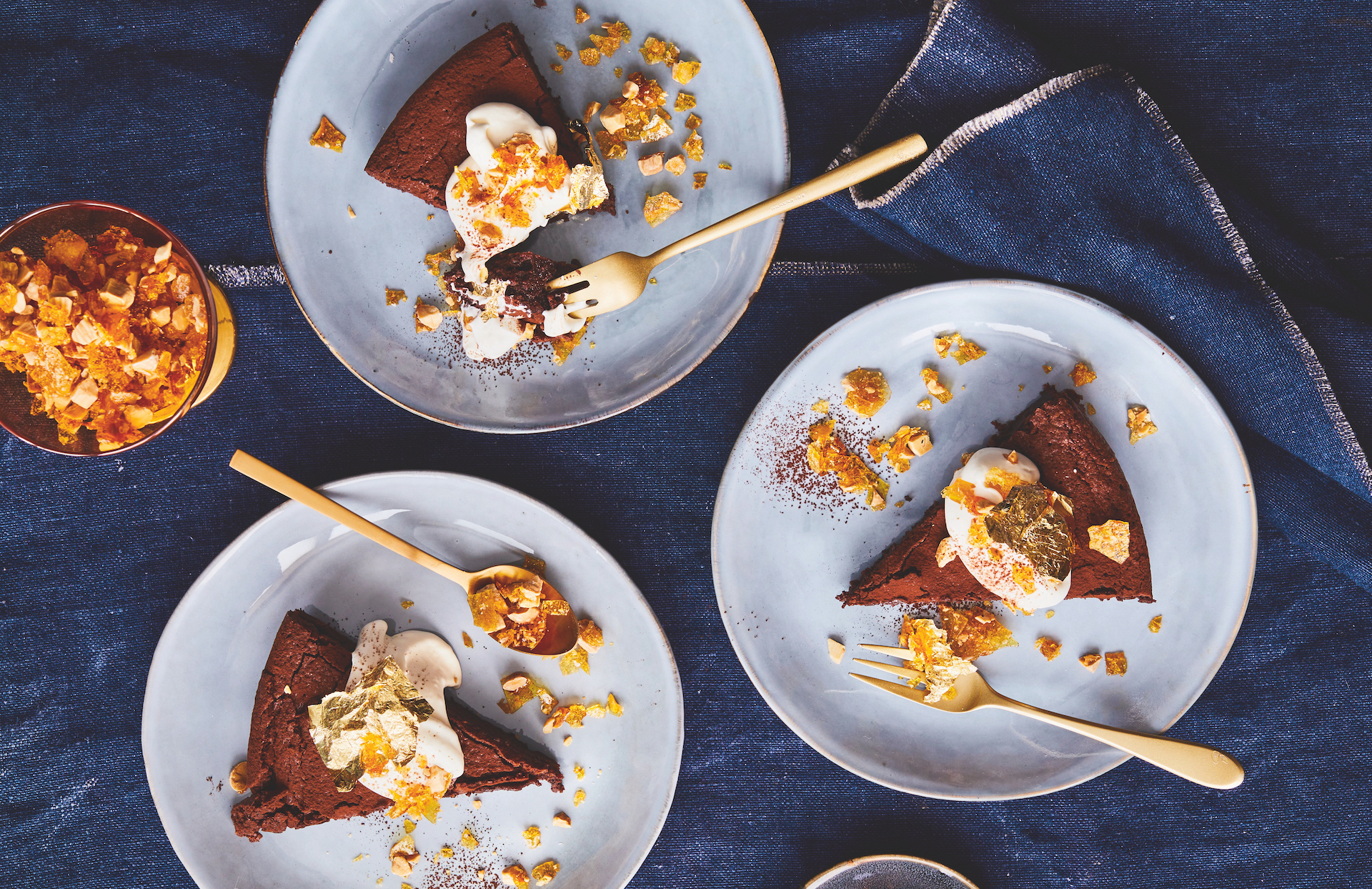 Chocolate torte with Baileys cream and salted praline
Chocolate torte with Baileys cream and salted pralineServe this rich Chocolate torte with Baileys cream and salted praline for a festive dessert that makes a popular alternative to Christmas pudding
By Jen Bedloe Published
-
 We want Cat Deeley's ruffled open back maxi dress for spring weddings and dinner dates
We want Cat Deeley's ruffled open back maxi dress for spring weddings and dinner datesCat looked incredible in bold black and white polka dots for a glam night out
By Charlie Elizabeth Culverhouse Published
-
 Carole Middleton's Wimbledon style essentials are unbeatable if you want easy spring sophistication
Carole Middleton's Wimbledon style essentials are unbeatable if you want easy spring sophisticationNo-one does elegant styling like Carole Middleton, and getting her look is easy with these simple wardrobe staples
By Charlie Elizabeth Culverhouse Published
-
 Double denim, triple suede and a floral blouse - Sienna Miller's outfit is an easy-to-follow recipe for a polished spring look
Double denim, triple suede and a floral blouse - Sienna Miller's outfit is an easy-to-follow recipe for a polished spring lookSienna Miller just combined denim and suede in the most beautiful way and provided a blueprint for a cohesive outfit.
By Emma Shacklock Published
